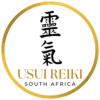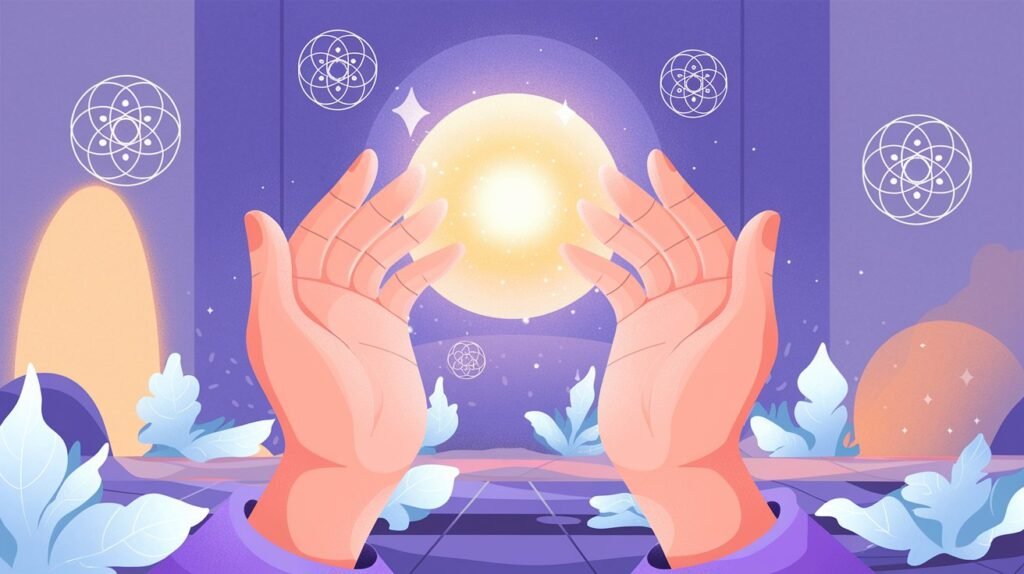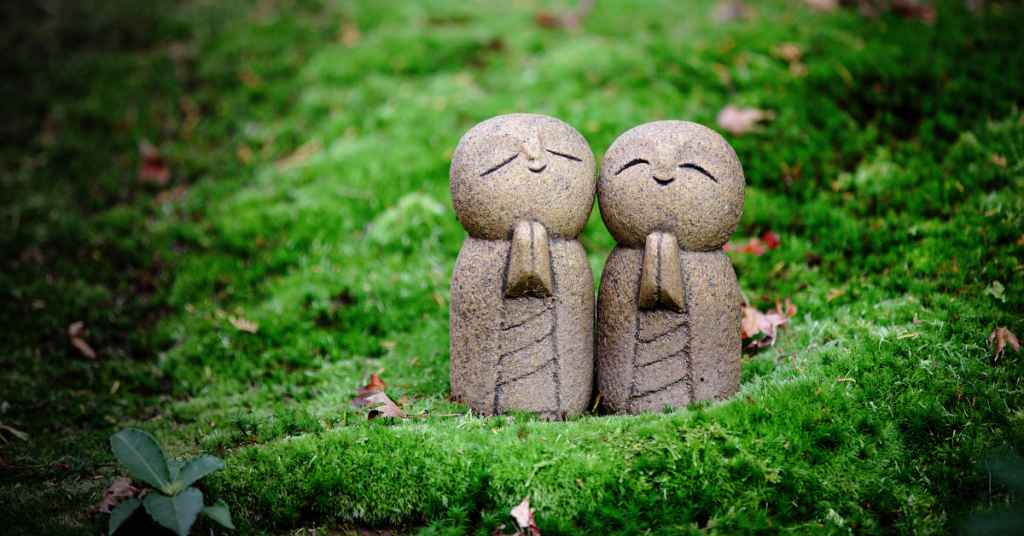Have you ever felt stuck at a crossroad in your Reiki journey? Not sure about the difference between Usui Reiki Level 1 and 2, if you should progress to the Practitioner Level? Then this article is for you. This blog post will explore these two stages of Usui Reiki training, helping you understand the progression and decide which level is right for you.
Reiki Level 1: The Foundation
Reiki Level 1, often referred to as the “First Degree,” is the starting point for anyone interested in learning Reiki. This level focuses on self-healing and personal growth. Some of the topics that are covered in an Usui Reiki Level 1 course include:
Key Components of Reiki Level 1
- Attunement Process: The Reiki Master opens the student’s energy channels, allowing them to connect with the universal life force energy. There are four attunements during a Level 1 course.
- Self-Healing Techniques: Students learn how to perform Reiki on themselves, fostering self-awareness and personal healing.
- Basic Hand Position: Instructions for placing the hands for treating yourself and others
Many who complete Reiki Level 1 describe a heightened sense of awareness and a deeper connection to their inner selves. For instance, I recall my own experience of feeling a warm, tingling sensation in my hands during my first self-healing session, a moment that marked the beginning of a truly life-changing journey. Level 1 is all about connecting with the Reiki energy and learning to use it for personal growth and healing. It’s an excellent starting point for those new to energy work or those seeking a method for self-care and stress reduction.
Reiki Level 2: Advancing Your Practice
Reiki Level 2, also called Practitioner Level or “Second Degree,” builds upon the foundation laid in Level 1, introducing new techniques and expanding the practitioner’s ability to heal others.
Key Components of Reiki Level 2
- Additional Attunement: The Level 2 attunement activates the Usui Reiki symbols and further opens the student’s energy channels, enhancing their ability to allow for the flow of Reiki energy.
- Introduction to Reiki Symbols: Students learn the three Usui symbols that focusses the energy and allow for distance healing.
- Distance Healing Techniques: Enables practitioners to send healing energy across time and space. It is usually during this part of a Level 2 course that students come to fully understand the power of Reiki and they gain immense self-confidence as a result.
With the skills acquired in Level 2, practitioners can set up a professional Reiki practice and offer Reiki to others, both in person and remotely, for a fee. This level often brings a sense of fulfillment as practitioners witness the positive impact of their healing work on others.
Key Differences Between Reiki Level 1 and Level 2
Understanding the difference between Reiki Level 1 and Level 2 is crucial for practitioners looking to advance their skills. Here are the main distinctions:
- Focus:
- Level 1: Primarily self-healing and basic treatments for others
- Level 2: Expanded techniques, including distance healing and working with specific issues
- Symbols:
- Level 1: No symbols are taught
- Level 2: Introduction to three Usui Reiki symbols and their uses
- Energy connection:
- Level 1: Four attunements are given over the span of two days
- Level 2: One attunement given over the span of two days
- Application:
- Level 1: Personal use and casual practice on friends and family
- Level 2: Potential for setting up a professional practice
- Depth of understanding:
- Level 1: Basic principles and techniques
- Level 2: Deeper spiritual and energetic concepts
Is Reiki Level 2 Right for You?
Deciding whether to advance to the Practitioner Level of Usui Reiki depends on various factors. Consider the following:
- Have you practiced Level 1 consistently? We recommend at least three months working with Level 1 techniques before moving on to Level 2.
- Do you feel drawn to deepen your practice? If you’re passionate about Reiki and want to explore its full potential, Level 2 might be the next step.
- Are you interested in offering Reiki professionally? Level 2 is often considered the minimum for professional practice.
- Do you want to learn distance healing? If you’re intrigued by the idea of sending healing energy across time and space, Level 2 is essential.
- Are you ready for a more profound spiritual journey? Level 2 often involves deeper spiritual exploration and greater personal growth.
If you answered yes to most of these questions, you might be ready for Reiki Level 2. However, there’s no rush – trust your intuition and proceed when you feel the time is right.
To sum up
The difference between Reiki Level 1 and Level 2 lies in the depth of practice, the techniques learned, and the potential applications of the energy work. While Level 1 provides a solid foundation and focuses on self-healing, Level 2 expands your abilities and opens doors to more advanced practices.
Whether you choose to stay at Level 1 or advance to Level 2, remember that Reiki is a journey of personal growth and healing. Each level offers its own unique insights and experiences that will greatly enhance your life and the lives of those around you.
Remember, the most important aspect of Reiki is not the level you achieve, but how you integrate its principles and practices into your daily life. Continued self-treatments are crucial. After all, as Mikao Usui said, all healing is self healing. Use Reiki daily and let the energy guide you on your healing journey.
Are you ready to take the next step in your Reiki journey? Consider reaching out to the Reiki Guild South Africa to find a Reiki Master in your area. If you live in Pretoria or the Garden Route and want to attend a Reiki course with Usui Reiki South Africa, please visit our Reiki Training page.



